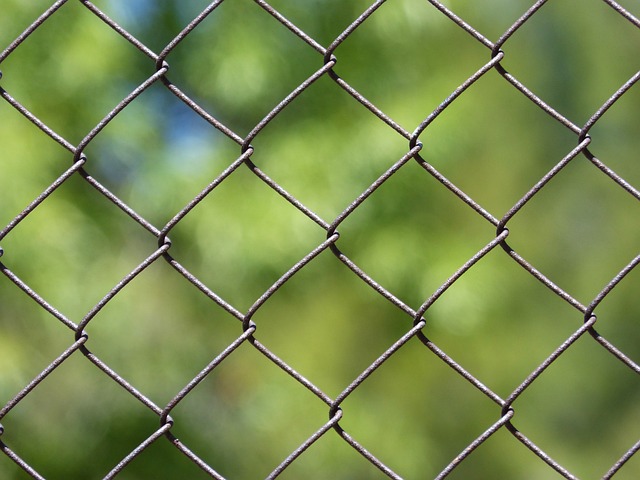Large properties present unique fencing challenges, demanding robust, durable solutions that align with both security needs and aesthetic preferences. This article explores cost-effective fencing options tailored to satisfy these requirements. From budget-friendly materials like vinyl and wood to creative designs enhancing curb appeal, we delve into practical installation tips ensuring longevity and maximizing investment value. Discover how to transform your large property boundary while staying within financial constraints.
- Understanding Fencing Needs for Large Properties
- Budget-Friendly Material Options
- Creative Designs for Both Function and Aesthetics
- Installation Tips for Longevity and Value
Understanding Fencing Needs for Large Properties
Large properties present unique challenges when it comes to fencing. Understanding the specific needs and goals is crucial before selecting any solution. The size and layout of the property, for instance, will dictate the amount and type of fencing required—from boundary fences to divide the land into sections, to security fences for protection against intruders or wildlife.
Additionally, functional considerations come into play. Does the fence need to be aesthetically pleasing while maintaining privacy? Or is durability and strength the primary concern, especially in regions prone to harsh weather conditions? Understanding these factors helps in choosing from a range of cost-effective options such as chain link fences, wooden posts, or even modern, low-maintenance vinyl fencing solutions suitable for expansive spaces.
Budget-Friendly Material Options
When considering fencing for large properties, cost-effectiveness is often a primary concern. One way to achieve this is by exploring budget-friendly material options that still offer durability and quality. Wood has long been a popular choice due to its affordability and aesthetic appeal, with various species like cedar or pine providing good value.
Alternatively, vinyl fencing is another economical option known for its low maintenance requirements and resistance to rot and rust. Concrete and metal fences, while potentially more expensive upfront, can be cost-effective in the long run due to their longevity and minimal upkeep. These options cater to different preferences and budgets, enabling property owners to secure their spaces efficiently without breaking the bank.
Creative Designs for Both Function and Aesthetics
Fencing doesn’t have to be boring or utilitarian—it can double as a stunning design feature that enhances your property’s beauty. For large properties, creative and unique fence designs can add character while still providing the necessary security and privacy. Consider custom metal work incorporating intricate patterns or floral motifs, or opt for natural materials like wooden posts with rustic finishes, paired with living fences such as hedges or vines. These options not only look appealing but also offer versatility in terms of height, width, and style to suit different sections of your land.
Furthermore, modern fencing technologies allow for innovative designs that blend functionality with artful aesthetics. Slatted fences, for instance, can create a sense of openness while still providing privacy, and they can be customized with various materials and finishes. Alternatively, consider electric fences, which offer an invisible yet effective security solution, complementing traditional fencing styles while adding a high-tech touch to your property’s boundaries.
Installation Tips for Longevity and Value
When installing fencing for large properties, focusing on longevity and value involves several key tips. First, ensure proper planning by considering factors like terrain, local regulations, and your property’s unique needs. A well-designed fence that accounts for potential challenges will not only look better but also last longer.
Second, choose materials wisely. Durable options like high-quality steel, vinyl, or wood can withstand harsh weather conditions and reduce maintenance over time. Proper installation techniques—such as using concrete posts rather than wooden ones in areas prone to heavy traffic or bad weather—are equally important. Regular inspections and minimal upkeep will help maintain the fence’s integrity, preserving its value for years to come.
